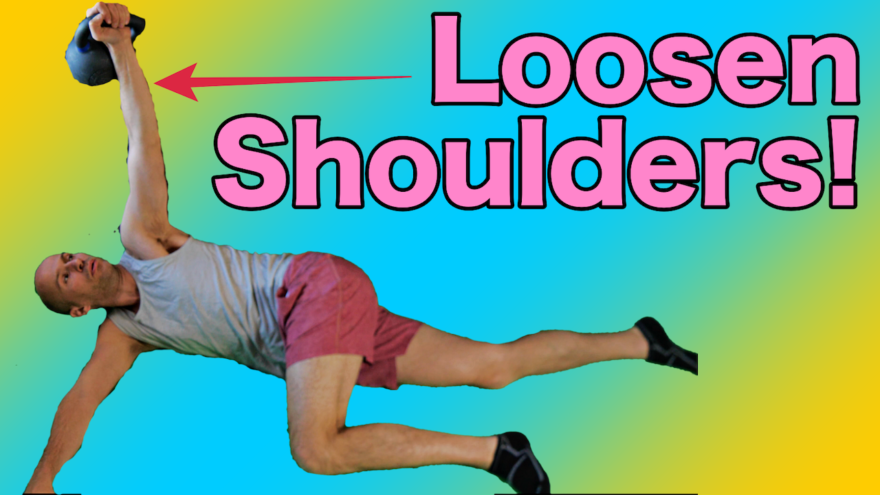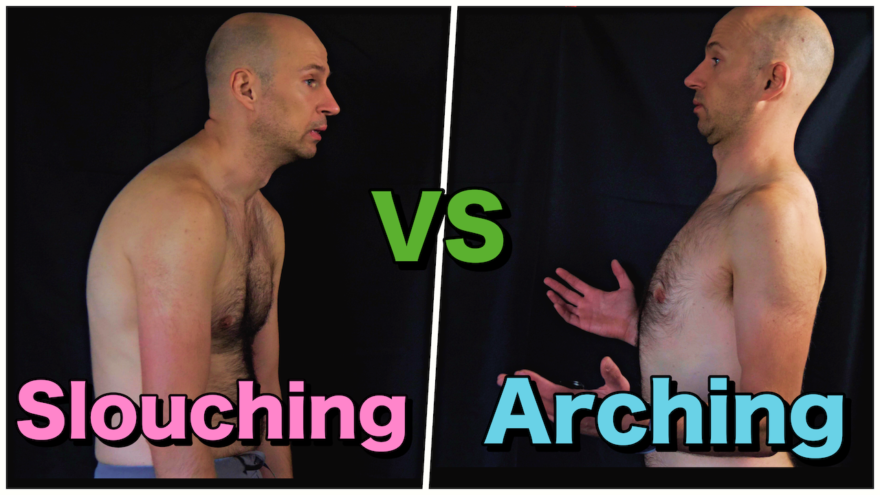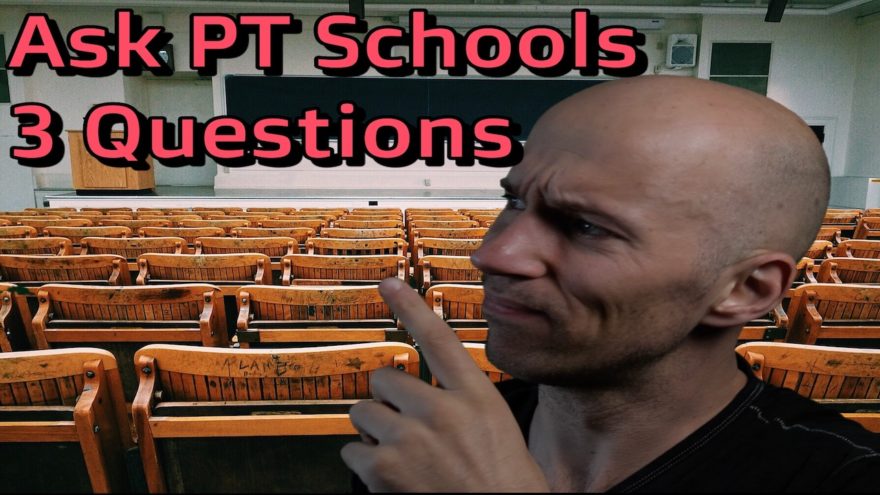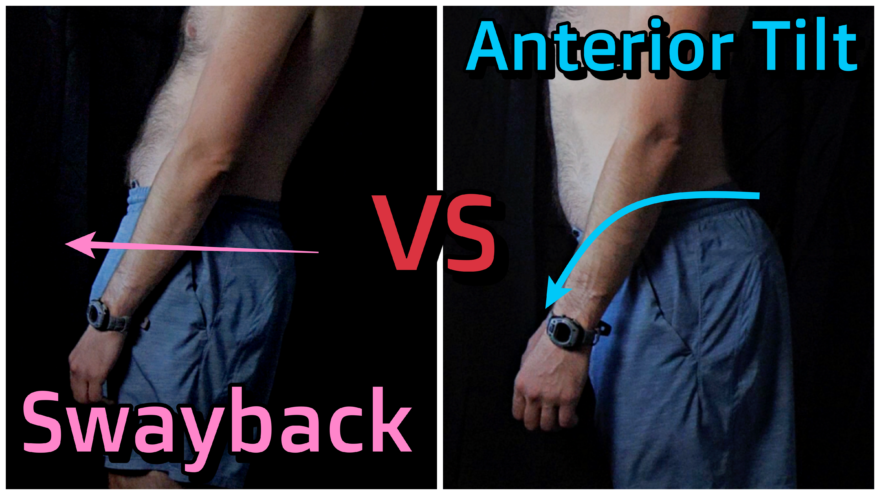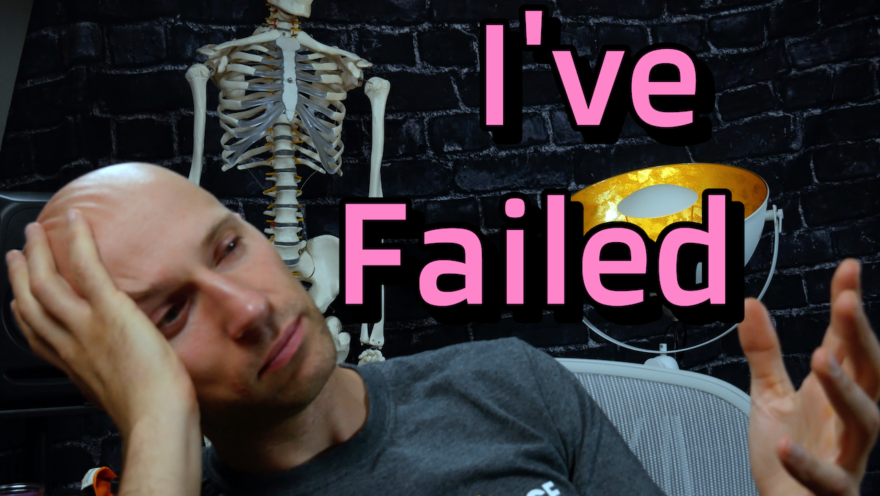Rarely do we discuss our mistakes. I’ll be the first We learn some of our best lessons from the mistakes that not only we’ve made, but those before us. Yet rarely does one discuss the times that they’ve failed. Instead, it’s all puppies and rainbows on your social network of choice. Everyone has their best life and best practice all up in there. But without that transparency, without sharing how we fail, we miss out on an incredible learning opportunity. We may fall victim to similar mistakes that can happen throughout both patient care and working with your supreme gym clientele. That ends today. I’m going to share with you 5 mistakes that I’ve made in my physical therapy career, what I’ve learned from those problems, and what I’m doing differently. Let ya boi screw up, so you don’t have to. Check out the video, podcast, and blog below to learn about it!
Read More